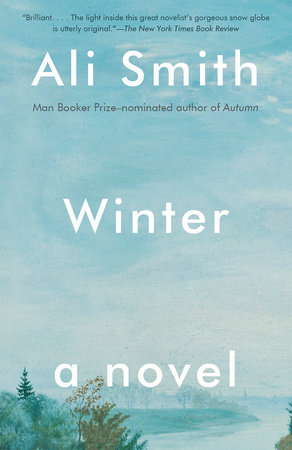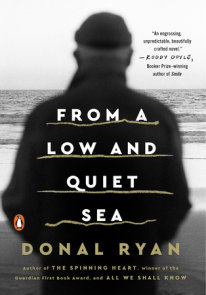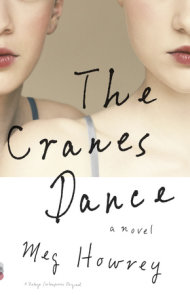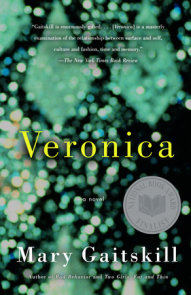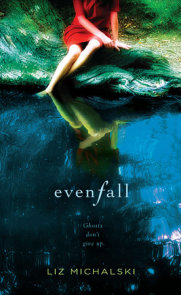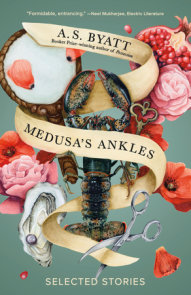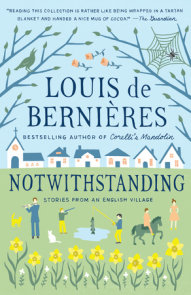READERS GUIDE
The questions, discussion topics, and reading/viewing list that follow are intended to enhance your reading group’s discussion of Winter by Ali Smith. In this second novel in her Seasonal cycle, Smith’s shapeshifting novel casts a warm, wise eye over a post-truth era in a story rooted in history, memory, art an love.Introduction
The second novel in the Man Booker Prize–nominated author’s Seasonal cycle; the much-anticipated follow-up to Autumn (a New York Times, Washington Post, NPR, Financial Times, The Guardian, Southern Living, and Kirkus Reviews best book of the year).Winter. Bleak. Frosty wind, earth as iron, water as stone, so the old song goes. And now Art’s mother is seeing things. Come to think of it, Art’s seeing things himself.
When four people, strangers and family, converge on a fifteen-bedroom house in Cornwall for Christmas, will there be enough room for everyone?
Winter. It makes things visible. Ali Smith’s shapeshifting Winter casts a warm, wise, merry and uncompromising eye over a post-truth era in a story rooted in history and memory and with a taproot deep in the evergreens, art and love.
Questions and Topics for Discussion
1. How is the story rooted in winter? Why do you think Ali Smith decided to write a quartet of books about the seasons and the changing of the seasons? How is Winter different from Autumn, if you’ve read that novel? How is it similar?
2. Describe the various family dynamics and relationships in Winter—between mother and son, fathers and children, sisters, aunt and nephew. Are the Cleves a dysfunctional, divided family? Is there hope for them? Do the relationships change and grow stronger by the end of the novel? How and why/why not?
3. In Winter, what is the importance of art and the human connections that come out of art and creativity? How is Barbara Hepworth’s art and story crucial to the novel? And why?
4. Find instances of winter imagery throughout the novel and discuss the various descriptions. How is it that “green’s truly a winter color, too” (p. 101)?
5. Which do you think is the most important scene in Winter? Why and how does the scene affect the rest of the novel?
6. Winter opens with a passage about death and the ghosts of dead things, alluding to Charles Dickens’s A Christmas Carol, and Winter ends with a paraphrasing of Tiny Tim, “God help us, every one.” (p. 322). Why does Ali Smith start and end with allusions to Dickens? What is the importance and relevance of Dickens to what is happening in the novel and in real life at the present time?
7. In the middle of the novel, we experience Christmas past (when Sophia first meets Art’s father), Christmas present, and Christmas future (when we see Art reading A Christmas Carol to his future child). Why?
8. Describe the structure of the novel—present day chronological narrative set over a couple days interrupted by memories, flashbacks, futures, visions, dreams—and discuss why the author is telling her story this way.
9. How does Winter stress the importance of stories in our lives? Why are stories crucial in our lives? “That’s one of the things stories and books can do, they can make more than one time possible at once” (p. 224).
10. Discuss why Lux comes to England after reading Shakespeare’s Cymbeline. What is it about the play that has such relevance for Lux, for the novel, and our world today?
11. Art refers to Cymbeline as the play “about poison, mess, bitterness, then the balance coming back. The lies revealed. The losses compensated” (p. 315). How is this also a description of Winter?
12. What does Lux represent? How does she bring light and hope into Christmas and into this family?
13. How is Winter a story about the outsider, the refugee, the migrant asking for room at the inn, as in the Christmas story? Lux asks Sophia, “what will the world do…if we can’t solve the problem of the millions and millions of people with no home to go to…except by saying go away and building fences and walls? It isn’t a good enough answer, that one group of people can be in charge of the destinies of another group of people and choose whether to exclude them or include them” (p. 206).
14. What is the relevance of Art’s blog, Art in Nature? Why does Art tell Lux that he makes up experiences for his blog because things that happen to him are “way too real” (p.189) for his to write about and share? Why does Charlotte rip the blog apart and make it more real despite the fake news? Will it continue?
15. What does the message “Close your eyes and you’re dead” mean for you (p. 280)? What message/s do you take away from Winter?
16. Describe the relationship between Sophia and Art’s father. Why did it end though he was the love of Sophia’s life? Why is he a secret from Art? Why does Sofia reason that “I was too busy for mistakes and far too busy for an improvised life” (p. 251)?
17. How are sisters Sophia and Iris different and how are they similar? What does Iris and the protests she continually takes part in represent? Is she the polar opposite of businesswoman Sophia? What brings them together and to some sort of understanding by the end of the novel?
18. What is the importance of the characters names: Sophia, Iris, Art, Lux? How are each of these names/words important in life and in this novel?
19. What are the connections between politics and art in this novel? Or as Art asks his mother and aunt, “what’s the difference between politics and art” (p. 317)?
20. How does WWII haunt this novel? “This industry is the offspring, the child if you like, of the Second World War” (p. 129).
21. Lux says, “Beauty is the true way to change things for the better. To make things bettter. There should be a lot more beauty in all our lives” (p. 211). How does literature and art add beauty to our lives?
About this Author
ALI SMITH was born in Inverness, Scotland, and lives in Cambridge, England. She is the author of Autumn, How to be both, There but for the, Artful, Free Love, Like, Hotel World, Other Stories and Other Stories, The Whole Story and Other Stories, The Accidental, Girl Meets Boy and The First Person and Other Stories. Hotel World and The Accidental were both short-listed for the Man Booker Prize and the Orange Prize. How to be both won the Baileys Women’s Prize for Fiction, the Goldsmiths Prize and the Costa Novel of the Year Award, and was short-listed for the Man Booker Prize. Autumn was short-listed for the 2017 Man Booker Prize and one of the New York Times Ten Best Books of 2017.Suggested Reading
Further Reading:Charles Dickens, A Christmas Carol
Iris Murdoch, The Sea, the Sea
William Shakespeare, Cymbeline
Ali Smith, Autumn
Virginia Woolf, Between the Acts
Further Viewing:
Barbara Hepworth’s art
Elvis Presley movie, G.I. Blues









